From counting eggs to looking at patterns on Easter eggs, there are plenty of Easter maths activities that are the perfect way to celebrate the impending Easter holidays in the classroom, all while remaining educational at the same time.
We put the Teach Starter teacher team on the (egg) hunt for some ways to inject some Easter themes into maths lessons for kids. Read on for ways to add a bit of holiday fun to counting, teaching fractions, measurement activities and more!
Easter Maths Activities for Kids
Easter Addition and Subtraction
Take addition and subtraction to the next level by giving it an Easter chick twist with dice and little chicks that are easy to find at a cheap shop. In the Easter Maths rotation activity, students represent and solve simple addition and subtraction problems using a range of strategies, including counting on, partitioning and rearranging parts. They also develop a range of mental strategies for addition and subtraction problems. You will need:
- Dice
- Mini whiteboards
- Easter chicks
Ask your students to:
- Generate two numbers by rolling two dice
- Collect the corresponding number of chicks for each number rolled
- Write an addition number sentence to represent the problem
- Calculate the total number of chicks and complete the number sentence
- Explore the commutative law for addition a + b = b + a
- Put the largest number first

Fraction Egg Hunt
Use the split sides of an Easter egg to help students better visualise the numerator and denominator of fractions. Hide the plastic Easter eggs around the classroom or outside, making sure each egg contains a fraction piece (e.g. 1/2, 1/4, 3/4, etc.).
Once all eggs have been found, have students work in pairs or small groups to match the fraction pieces together and represent them visually on paper using markers and scissors. Have each group present their fractions and discuss similarities or differences between the visual representations.
Bunny Origami Activity
Take a mindfulness break with your students with some origami time that helps them learn about 2D shapes! This fun bunny rabbit origami may not scream ‘Easter,’ but that is exactly what we love about it. This maths activity it’s a nice way to bring some Easter maths practise into the classroom in a way that isn’t focused on the holiday — making it more inclusive.
Print a copy of the step-by-step rabbit origami instructions for each student to follow along.
Easter Egg Estimation & More
Easter eggs abound, so put them to work! Print these dotted Easter eggs for a host of maths activities, including:
- Reinforce one-to-one correspondence. Encourage your students to count each dot on the egg only once with one touch per object. Use concrete materials such as counters to support less confident learners.
- Practise estimation. Have students estimate the number of counters they need to cover each circle on the template. Then, have them check their guess!
- Investigate and describe patterns formed with counters.
Bunny Ears Measurement
Practice working with informal measurements in the form of bunny ears (you can draw them yourself or print off this bunny craft template on thick card to save time).
Pass out the Easter bunny ears to each student, and have them measure the length and width of the bunny using both a ruler and non-standard units. Encourage your students to be creative with their non-standard units and discuss the advantages and disadvantages of using them compared to using a ruler. Have students compare and contrast their measurements with their classmates, discussing any discrepancies and possible reasons for them.
Easter Number Identification: Hundreds Board Mystery Pictures
Practice number identification with your young mathematicians and add a hint of mystery to your maths rotations with a hidden picture activity. Following the colouring guide, students reveal chicks, bunnies, and more Easter-related pictures.
Get 9 different pictures with this Easter Mystery Pictures Printable.
Easter Egg Fill and Count
Stock up on plastic Easter eggs from a cheap shop, and you’ve got the makings of dozens of Easter maths activities. Your youngest learners can start by cracking open eggs you’ve filled with small items like jellybeans to practise counting. For upper years kids fill the plastic eggs with coins and then have them add up the value.
There’s more where that came from: Check out heaps of easy ways to use plastic Easter eggs in the classroom, including activities for measuring Easter egg rolls, matching capacity, and more!

Easter Basket Capacity
It’s a pretty sure thing that middle-year students will love to estimate and measure the capacity of an Easter basket. You can ramp up the enthusiasm even more if you brave it and use Easter treats. First up, here’s how to make the basket…
Things to do:
- Stock up on five different Easter-themed objects such as chicks, bunnies and perhaps some treats such as small chocolate eggs, medium chocolate eggs, and, you’ve guessed it, large chocolate eggs (be mindful of food allergies).
- Set up 5 workstations, with each station including a pile of one type of Easter object/treat and at least one of the students’ baskets.
Your lesson might look something like this…
- Ask the class, ‘What am I measuring if I want to know the capacity of the basket?’ and discuss.
- As a class, estimate how many objects/treats will fit into the basket. Record the estimates on the board.
- Model how to fill the basket, demonstrating how the treats can be rearranged to fit more in and explaining that the treats cannot go past the top.
- Divide the class into five groups. Each group is assigned to a station.
- Students fill the basket, count how many treats fit inside, and report them to the teacher. As a teacher, you collect the data on the student’s behalf.
- After five to 10 minutes, students neatly unpack the basket and rotate to the next station. Have students rotate through all of the stations.
Banner image via shutterstock/Studio.G photography







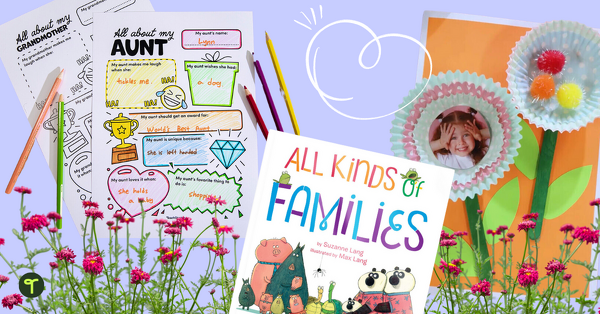
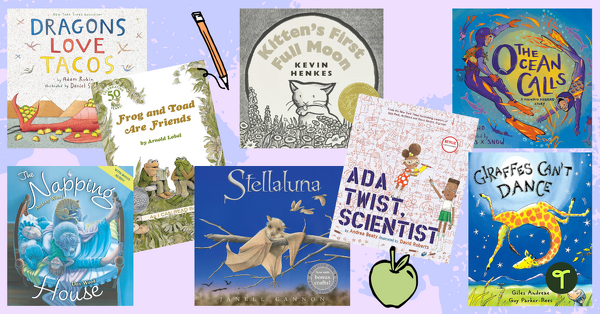

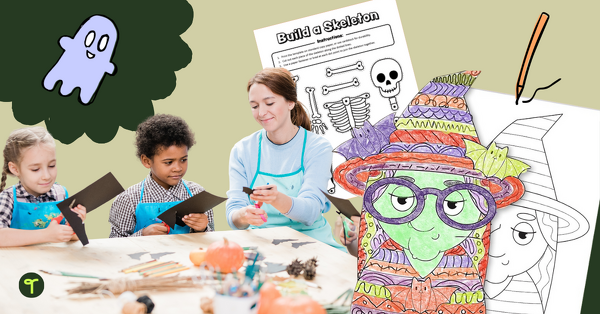
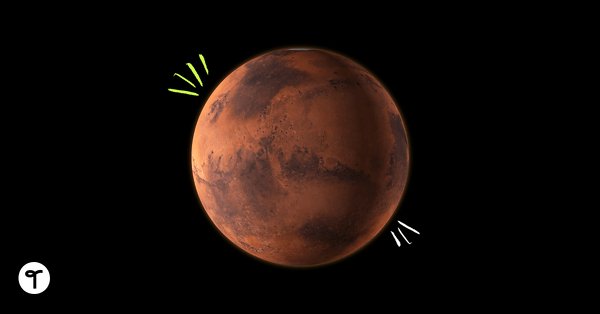
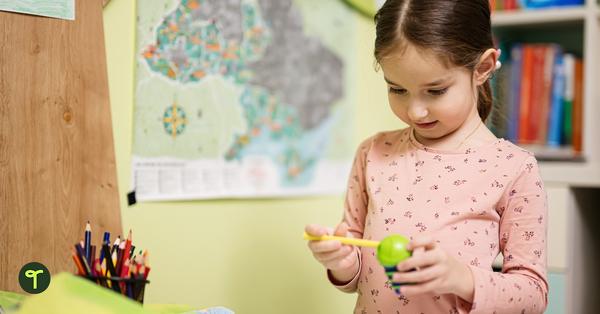
Comments